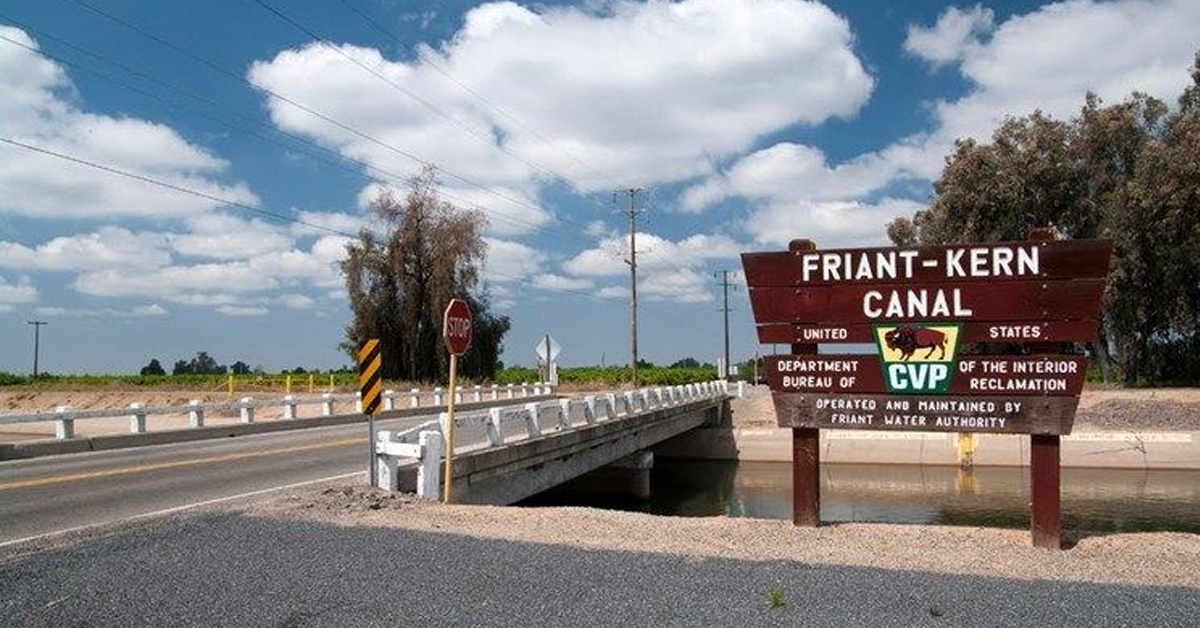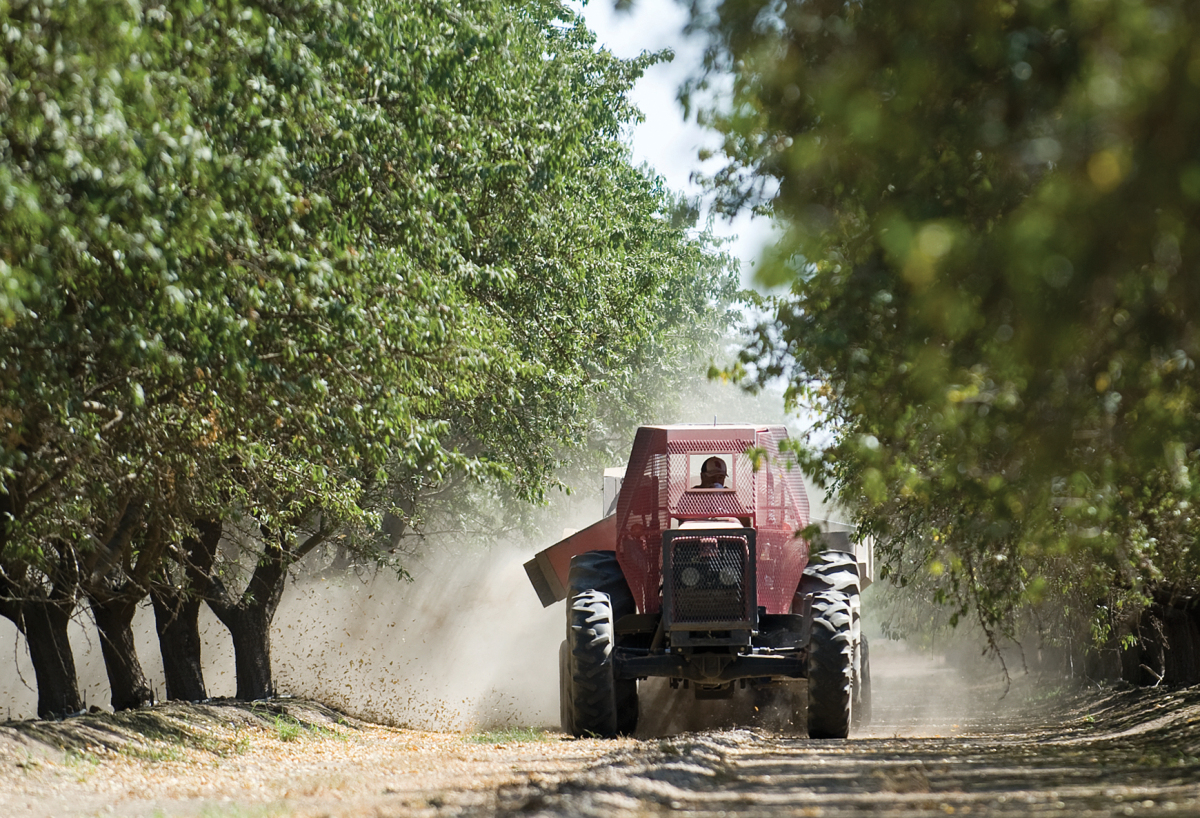Researchers at Caltech have developed a new way to measure soil moisture in the vadose zone region between the surface and underground aquifers.
The new method uses traffic noise to measure soil moisture, providing an alternative to the satellite imaging that is traditionally used.
The big picture: Caltech researchers discovered that seismic technology that is normally used to measure how the ground shakes during earthquakes can also be used to determine how much water is in the soil by reading vibrations caused by traffic and other human activity.
- Vibrations slow down when they pass through water.
- The new study by Caltech measures the water content in the vadose zone through seismic rumblings caused by traffic.
- The laboratories of hydrologist and assistant professor of mechanical and civil engineering Xiaojing Fu and seismologist and geophysics professor Zhongwen Zhan collaborated on the research.
Go deeper: The Zhan lab pioneered a technique called distributed acoustic sensing (DAS), which points lasers into unused underground fiber-optic cables.
- When a seismic wave passes through the cable, the laser light bends and refracts.
- Zhan set up a DAS array to measure the aftershocks of a magnitude 7.2 earthquake in Ridgecrest in 2019. That quickly revealed that the array could be used to measure how everyday underground vibrations change depending on soil water content.
- Researchers found that from 2019-2022, moisture in the vadose zone decreased at a rate of 0.25 meters per year, which exceeded the mean average precipitation.
What we’re watching: Caltech said researchers plan to conduct a large-scale test of the method of the Central Valley, where groundwater is crucial for the region’s vast agriculture.
What they’re saying: “We know this method works really well for this particular site,” Fu said. “Many other interesting regions with the same climate could have different hydrological processes, like central California, where farming operations withdraw water, but the region also receives snowmelt from the Sierra Nevada mountains.”
Read the study, titled “Fiber-optic seismic sensing of vadose zone soil moisture dynamics,” here.










